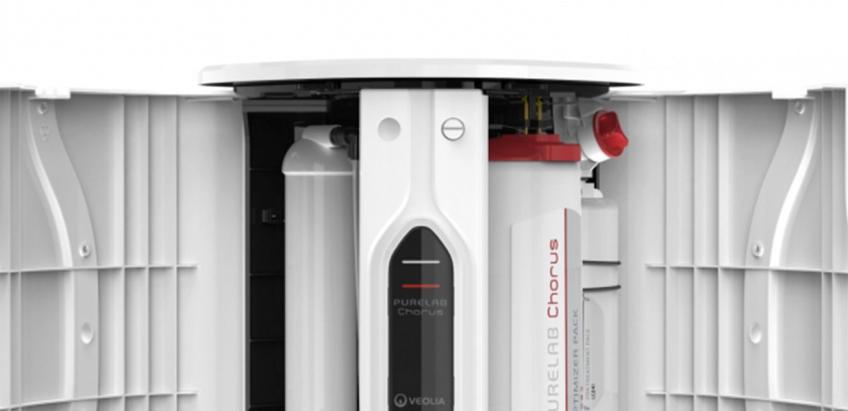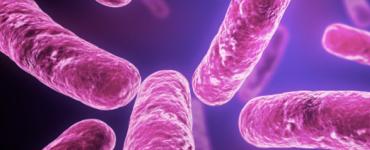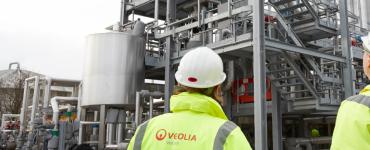- Home
- Latest News
- Two key recommendations for purifying your laboratory water

Two key recommendations for purifying your laboratory water
Check out the latest blog post by ELGA.
The water in your tap has already gone through several purification steps to keep you safe and yet it still contains all sorts of impurities like microorganisms, salts (the reason why you would get electrocuted if you dropped a hair drier in the bathtub) and organic compounds. Suddenly, water that’s pure enough to drink might not be quite as pure as you thought.
In the lab, water is perhaps your most important reagent (and its position as the universal solvent means that it is probably also a component of many other reagents you use). Impurities, on the other hand, are usually your enemy. You should be using different levels of purity for different applications, to avoid problems caused by contaminants (all while minimizing financial cost).
Pretreating water is a great way to obtain a lot of water sufficient for a wide range of low-purity applications, and you can use this water in further steps of purification for those applications that are more demanding. The type of purity required depends on the application the water is for, and you can save money by making sure you chose the right type. Read on to find out more about these two cost-saving tactics.













